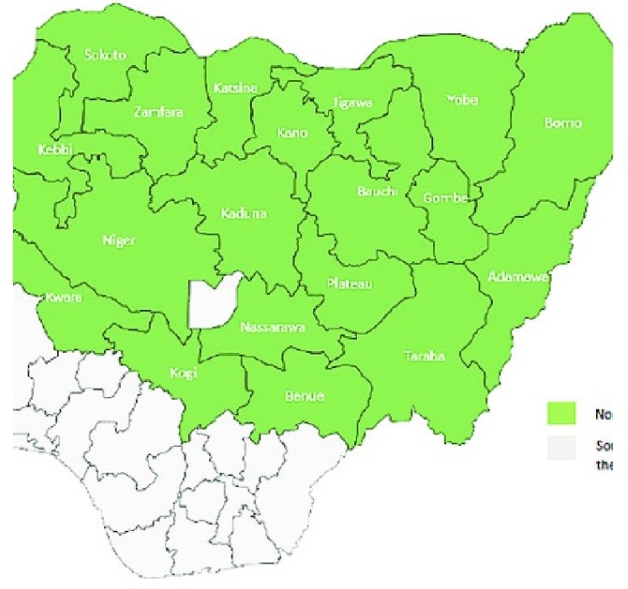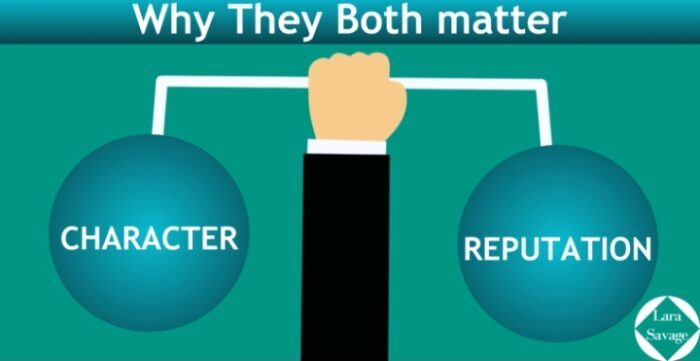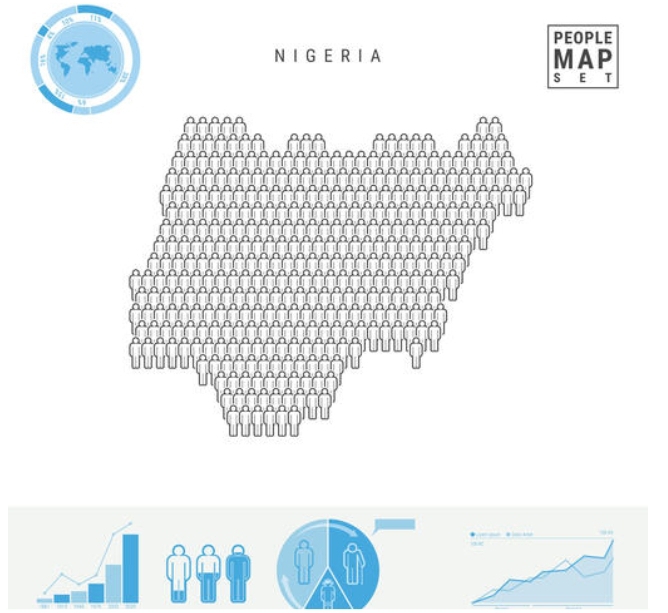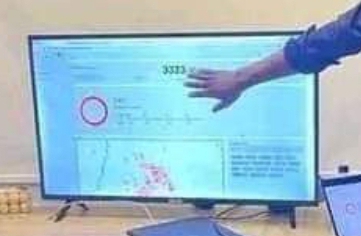Imagine a Nigeria where government support seamlessly reaches every vulnerable family and every struggling individual who needs it most. This is an idea that can be realized through the power of efficient data management. In a world driven by technology and innovation, Nigeria can weave together the threads of data provided by different government agencies and use it to structure subsidy removal palliative distribution programs. This blog post will explore how harnessing the potential of accurate data can reorganize Palliative distribution and ensure that a helping hand is within reach for those who truly need it most.
By providing Subsidy Palliative, the government aims to alleviate poverty and ensure that the most vulnerable members of society have a chance to meet their basic needs. This can make a significant difference in improving the quality of life for those who are facing financial difficulties.
Distributing palliative to help the economically disadvantaged is incredibly important for several reasons. This palliative will act as a lifeline for people who are struggling to afford necessities like food, transport and other life essentials.

However, the success of such a program centers on its proper execution. It’s not enough to simply allocate funds; the program must be well-designed and carefully implemented. This is because an improperly executed program can lead to misallocation of resources and unintended consequences. To truly benefit the intended beneficiaries, the Palliative must be targeted and distributed to ensure they reach those who need them the most.
Yet, there are significant challenges in ensuring effective distribution to the intended beneficiaries. One of the most pressing challenges is the adequacy of beneficiary data. Without reliable and up-to-date information about the people who genuinely need assistance, there’s a risk that palliative might end up going to those who don’t truly require it, depriving those in real need of the help they deserve.
Read Also: 2023 Population Census: A Necessity for Addressing Nigeria’s Problems
Finding the best way to distribute subsidy palliative fairly and effectively is crucial. It’s about ensuring that the system is honest and reliable. This is important because it can make a real difference in the well-being of the people who are struggling the most during the present tough times. Certainly, deciding who gets this subsidy Palliative and how much they get can be tricky. There are many challenges in ensuring the help reaches the right people and is distributed fairly.
However, the hurdles to achieving equitable distribution are worsened by inadequate beneficiary data, making it difficult to identify and target the right recipients for the palliative. Another challenge is finding a way to distribute the Palliative efficiently. It’s important to prevent fraud and make sure that the money goes where it’s supposed to. To overcome these challenges, the government can use technology to make the distribution process more transparent and secure.

Addressing these challenges requires a multi-faceted approach. Governments should make use of modern technology and data analytics to gather, update, and verify beneficiary information. Additionally, transparency and accountability mechanisms must be put in place to prevent the misuse of funds and ensure that the palliative are reaching their intended targets. By addressing challenges related to beneficiary data and distribution methods, the program will genuinely uplift the lives of those who require assistance the most.
The well-targeted distribution of subsidy removal palliatives holds several merits and promising prospects in addressing economic challenges for the vulnerable population and contributing to poverty alleviation. When implemented effectively, this policy can have significant positive impacts in the following ways.
- When palliative is allocated to the right people, it will help them meet essential requirements such as food and healthcare. This will not only improve their immediate living conditions but also equip them with the tools to break the cycle of poverty in the long run.
- Access to essential goods and services through palliative can improve the overall well-being of vulnerable individuals and boost their mental and emotional health by providing a sense of security and stability.
- Directing subsidy palliative towards those with lower incomes will inject money into the local economy and lead to increased consumer spending, which in turn supports businesses and local job opportunities. It will create a positive economic ripple effect that benefits the community as a whole.
- By accurately identifying the vulnerable population and offering a direct response to their specific needs, the policy will address the root causes of poverty more effectively.
- By concentrating on the economically disadvantaged and directing resources towards individuals and families who lack the means to secure their necessities, the policy will help bridge the wealth gap and promote more equal opportunities.
Read Also: Nigeria’s Masses Struggle with Inequality and Exclusion from the Nation’s Commonwealth.
- A well-executed subsidy palliative distribution program can foster a sense of community and solidarity. When people see that the policy is making a difference in the lives of their neighbours, it can enhance social cohesion and empathy within society.
- With accurate beneficiary data and proper oversight, there is less room for misallocation, fraud, or abuse of the system. This will ensure that resources are utilized judiciously and enhance the overall effectiveness of the policy.
- When people see that palliative are reaching those who truly need it, it builds public trust in the government’s efforts to address economic challenges. This trust can encourage more people to engage positively with the policy and support its implementation.
In essence, a well-targeted distribution of subsidy removal palliatives can have a transformative impact on the lives of vulnerable populations, contribute to poverty alleviation, reduce inequality, and enhance overall societal well-being. Its potential to stimulate the economy and foster social cohesion further underlines its significance as a tool for positive change.
Challenges Confronting Implementation of Effective Subsidy Palliative Distribution Programs

In Nigeria, a significant challenge that will affect the implementation of effective subsidy palliative distribution programs is the lack of comprehensive and accurate records of the individuals and families who are truly in need of the subsidies. The reasons behind this database deficiency are:
- Limitations in terms of the infrastructure and systems needed for efficient data gathering, and to update beneficiary data.
- A substantial portion of the population might not have proper identification documents or official records. This makes it difficult to establish their eligibility for subsidy palliative.
- Existing data might be scattered across different government departments and agencies, each with their systems. This fragmentation hampers the creation of a centralized and accurate beneficiary database.
- Beneficiary information is not constantly updated to reflect changes in circumstances, such as changes in income, family size, or employment status. Without a proper system for regular updates, the data quickly becomes outdated and unreliable.
- There might be concerns related to privacy and data security, leading to reluctance to share personal information. This can hinder the establishment of a comprehensive database.
- Nigeria’s vast and diverse geography poses challenges in reaching remote and isolated areas. This makes it difficult to collect accurate data from all corners of the country.
- Coordinating efforts to create a centralized database requires administrative and logistical coordination, which can be a complex task, especially when dealing with a large and diverse population.
- Some individuals might not be aware of the benefits and importance of enrolling in a beneficiary database. This lack of awareness can lead to underrepresentation in the database.
The absence of a reliable beneficiary database means that subsidy palliative distribution becomes less targeted and less effective. Resources may not reach those who truly need them, leading to the potential for misallocation and wasted funds. To overcome this challenge, the Nigerian government must invest in data collection infrastructure, promote awareness about the importance of accurate beneficiary information, and implement robust data privacy and security measures.
Read Also: The Devastating Impact of Rampant Corruption on Nigerian
By addressing these issues, the country will lay the groundwork for an efficient and seamless economic support distribution system that genuinely benefits the most vulnerable segments of the population. The absence of a proper beneficiary database has profound implications for the success of the subsidy palliative distribution programs in Nigeria.
Implications of the Absence of a Proper Beneficiary Database for Palliative distribution are:
- There’s a risk that palliative will be allocated to those who might not be in genuine need and those who are most deserving might not receive the assistance they require. This contradicts the fundamental purpose of the program, which is a direct support to those facing economic challenges.
- Every unit of Palliative that is misallocated represents a missed opportunity to provide critical support to someone in dire circumstances.
- When resources are wasted on ineligible beneficiaries, the impact on poverty alleviation is reduced. Individuals and families who genuinely require support remain underserved, and the cycle of poverty persists.
- Ineffective distribution of palliative erodes public trust in the government’s ability to manage public funds and address economic challenges. This lack of trust can lead to decreased public cooperation and support for such initiatives.
- The funds invested in administrative processes and outreach efforts to establish the program are wasted if the intended beneficiaries don’t receive the benefits.
- When people perceive that the system favours certain groups or is corrupted, it can lead to protests, conflicts, and disruptions in society.
- Misallocated palliative can contribute to economic inefficiencies, as they are not benefiting the right individuals who would stimulate demand.
The deficiency in having a proper beneficiary database for subsidy distribution programs has far-reaching implications. It will hamper the success of these programs, resulting in inefficient allocation of resources, missed opportunities to alleviate poverty, erosion of public trust, and potential social unrest.

Pivotal Role of Data Convergence in Effective Subsidy Palliative Distribution.Data convergence refers to the process of combining data from diverse sources into a unified system. When different sources of data are integrated, a more accurate and comprehensive understanding of beneficiaries emerges.
- Integrated Data encompasses essential information about individuals’ economic conditions and needs. This data helps governments understand the dynamics of poverty and vulnerability, ensuring that assistance reaches those who truly require it.
- Leveraging critical data points will enable the government to analyze factors such as income levels, family size, employment status, and geographical location. With this, policymakers can create a comprehensive profile of potential beneficiaries and precisely target those who are in need.
- Integrating information from government agencies, financial institutions, and social services will enable the government to form a comprehensive and coherent picture of individuals’ circumstances. This synergy will allow policymakers to identify overlaps, eliminate duplicates, and direct palliative to those who are truly deserving.
- By combining economic data with social indicators, policymakers will gain a holistic understanding of beneficiaries’ situations and derive meaningful insights which will enable more informed decision-making that can lead to a successful palliative distribution program.
In essence, leveraging crucial data points, unleashing data synergy, and integrating data for precision are vital for the success of palliative distribution programs. These strategies ensure that palliative is directed to those who need it most and build public trust in the system.
Read Also: Transform Nigerian Local Councils into Agric Development Centres to Enhance Productivity
Creating a comprehensive and accurate beneficiary database in Nigeria requires a multi-pronged approach that leverages existing resources and Inter-agency collaboration. Different government departments, agencies, and institutions possess unique data sets that, when combined, offer a more holistic view of individuals’ circumstances. This synergy ensures that the database remains updated with the latest information from various sectors.
Here are the strategies to achieve this goal:
- Use the opportunity of Subsidy removal Palliative as an incentive to develop an integrated data platform for accurate beneficiary identification.
- Launch awareness campaigns to educate citizens on the benefits of the beneficiary database and address concerns about data privacy.
- Leverage the existing NIN system as a foundation for beneficiary identification, and link it to other databases for accurate profiling.
- Collaborate with banks and financial institutions to utilize BVN data for targeting and verification purposes.

- Partner with mobile network operators to use mobile numbers for beneficiary communication and validation.
- Work with existing government agencies like the National Population Commission to access demographic data for comprehensive beneficiary profiling.
- Utilize digital platforms, such as online portals and mobile apps, to allow beneficiaries to update their information and access benefits.
- Establish data-sharing agreements with relevant stakeholders, ensuring data security and privacy while maximizing resource utilization.
- Implement thorough data validation and cleaning processes to remove duplicates and inaccuracies, and cross-reference data from various sources to leverage the strengths of each dataset.
- Implement biometric authentication using fingerprints or other biometric identifiers linked to NIN. This enhances accuracy and reduces the risk of fraudulent entries.
- Establish mobile registration units in remote areas to regularly update and maintain the database to reflect changes in beneficiaries’ circumstances. This ensures inclusivity by reaching beneficiaries who might not have easy access to registration centres.
- Regularly monitor and evaluate the database’s performance and make necessary adjustments based on feedback and data analysis.
- Utilize data analytics to gain insights into beneficiary needs, trends, and behaviours. This information can guide policy decisions and resource allocation.
- Create a centralized database managed by a dedicated agency or department responsible for data integrity, security, and updates.
Engaging Technology Experts
Engaging technology experts is crucial for the successful implementation of a comprehensive beneficiary database in Nigeria. These experts bring specialized knowledge in data management, security, and system integration. They can design, develop, and maintain the necessary technological infrastructure, ensuring the accuracy, efficiency, and security of the database. Their expertise can also guide the selection of appropriate software, tools, and protocols for data integration and management.
By combining these steps and strategies, Nigeria can build a robust data ecosystem that supports accurate beneficiary identification and efficient subsidy Palliative distribution. This approach maximizes the use of existing resources while respecting privacy and security concerns.

Leveraging Technology in Nigeria:
Leveraging technology is a transformative approach for enhancing beneficiary identification and subsidy distribution in Nigeria. Here’s why technology is significant:
- Data Integration: Technology enables seamless integration of data from various sources such as NIN, BVN, mobile numbers, and demographic data. This integration minimizes errors, reduces duplication, and ensures a comprehensive beneficiary profile.
- Automation: Automated processes reduce manual intervention, which not only speeds up beneficiary identification but also lowers the risk of human errors associated with data entry.

- Scalability: Technology allows for scalable solutions, accommodating the large population of Nigeria. As the database grows, the technology can adapt to handle increased data volume.
- Real-time Updates: Technology facilitates real-time updates to beneficiary information. Changes in circumstances can be immediately reflected in the database, ensuring accuracy.
- Data Security: Advanced cybersecurity measures to safeguard sensitive beneficiary information, protecting it from unauthorized access or breaches.
- Accessibility: Technology enables beneficiaries to access the database remotely, update their information, and check their eligibility status, increasing inclusivity.
- Analytics for Informed Decision-making: Technology-driven analytics provide insights into beneficiary trends, enabling policymakers to make informed decisions based on accurate data.
- Transparency and Accountability: Technology allows for transparent tracking of subsidy palliative distribution, minimizing corruption, and enhancing accountability.
Involving technology experts, promoting inter-agency collaboration, and leveraging technology are essential steps toward building a comprehensive and accurate beneficiary database in Nigeria. By harnessing the power of technology, the country can ensure efficient beneficiary identification, streamlined distribution processes, and effective poverty alleviation efforts. This approach not only enhances the lives of vulnerable populations but also contributes to the overall socio-economic development of the nation.
In a nation as diverse and populous as Nigeria, ensuring that assistance reaches the right hands is paramount. The journey to building a comprehensive and accurate beneficiary database is a multifaceted endeavour that demands collaboration, expertise, and the strategic integration of technology. By weaving together Data from various sources, Nigeria can transform its economic support distribution initiatives. The ripple effects of accurate targeting, reduced errors, and enhanced transparency promise a brighter future for the vulnerable populations the policy aims to serve. As we stand at the crossroads of technology and social welfare, the call to action is clear. Let us harness the skills of technology experts, foster inter-agency collaboration, leverage technology, and prioritize data security to pave the way for a more inclusive, efficient, and impactful subsidy palliative distribution program.
Born in Ekiti State, Nigeria, Idowu Faleye is a certified Data Analyst, Political Activist, and Content Writer with an academic background in Public Administration. He’s the MD/CEO at EphraimHill DC – a Data Consulting Firm; and the founder of EphraimHill Data Blog – an online platform that delves into the intersection of Politics and Society. Faleye also provides Data analytics training and mentorship for aspiring data analysts and organizations. He can be reached atephraimhill01@gmail.com


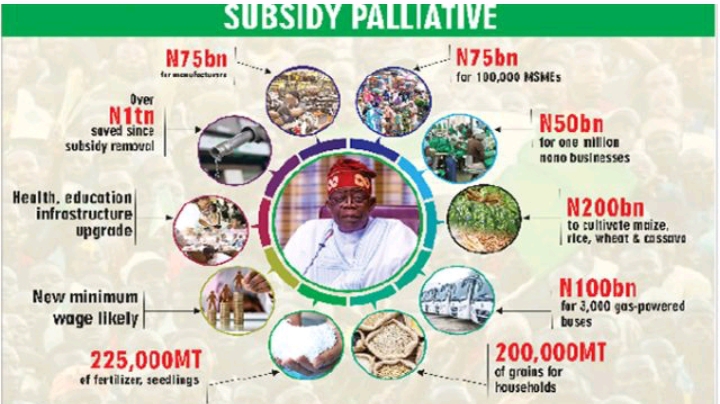









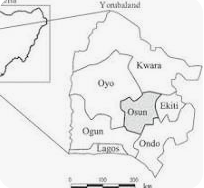













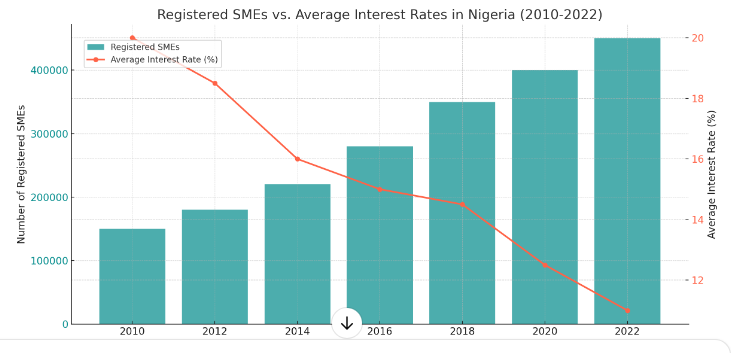







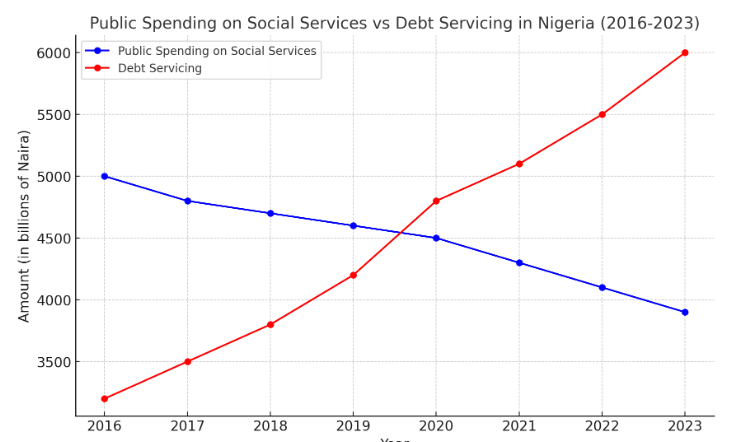









![The Trend of Insecurity in Nigeria. [Part 2]](https://ephraimhilldc.com/wp-content/uploads/2024/09/Computer-Monitoring-of-Remote-areas.png)


